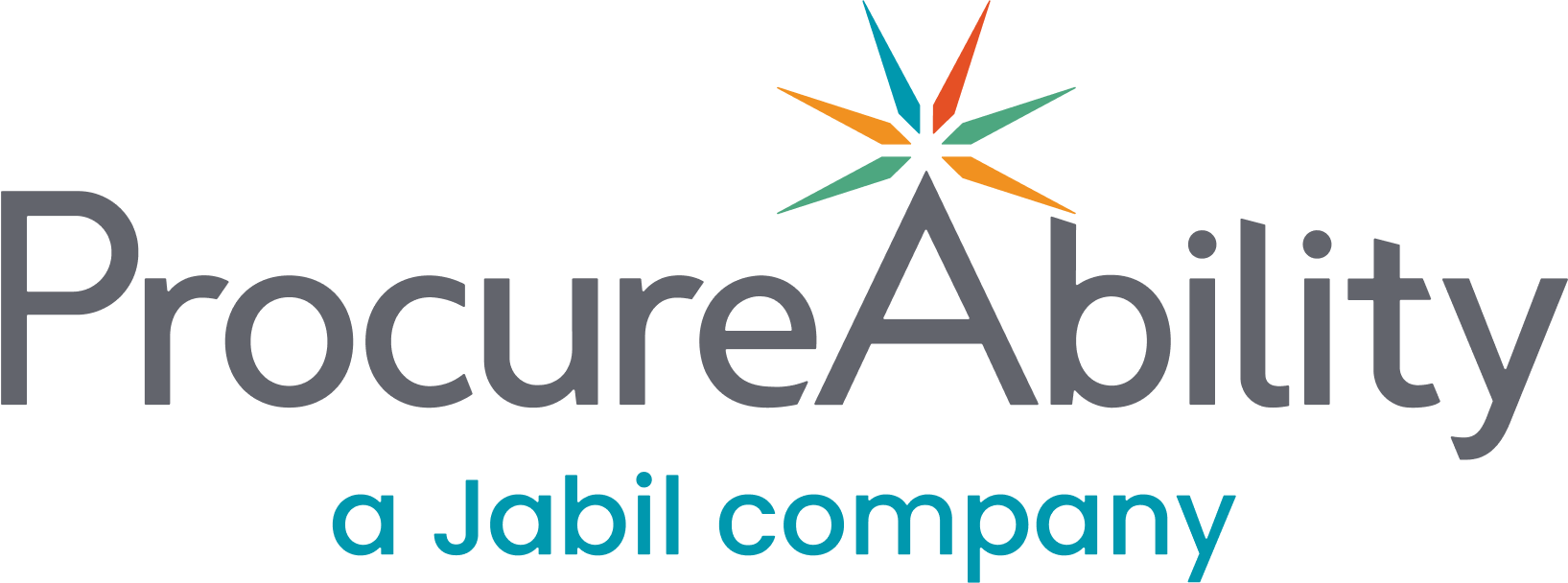
Transaction costs are costs incurred during the process of buying and selling on top of the unit price. They can include legal fees, communication charges, labor required to bring something to market and the cost to determine the item’s price. Transaction costs impact the procurement life cycle by increasing turn times, vendor selection times, and the total cost of ownership (TCO). The latest trends in technology and procurement show the continued race to the bottom. There are 3 major transaction costs associated with past and future trends that can impact procurement.
Three types of Transaction Costs:
- Search and information costs: those incurred to determine if a required product is available in the market, who has the lowest price, the relative utility and functionality of the product and the potential service costs of using the product on an ongoing basis.
- Bargaining costs: those required to reach an acceptable transaction agreement and writing / executing the contract.
- Policing and enforcement costs: those to ensure the other party sticks to the terms of the contract and to take appropriate action if not.
Steve Banker, 2011
Search and Information Costs
The internet impacts all types of transaction costs, but with the use of review sites, online marketplaces, and browser searches, the cost of information has drastically been reduced because information is so available. Alternatively, services costs have been on the rise with SAAS (Software as a Service) business/IT models reducing vertical integration costs (infrastructure, maintenance, personal, etc.) but an overall reduction in costs is still seen in this category. A trend that is becoming more common involves switching costs from software vendors who use the SAAS model. There can be an increased cost due to the inability of companies to gain/keep record of valuable business data, change/process management costs, and business intelligence from software vendors.
Bargaining Costs
The smallest change is found here because it is the most human cost. The latest trends in this category is the explosion of virtual gatherings during the COVID-19 pandemic. Virtual video conferencing software, virtual signatures, and email help reduce the costs of getting to acceptable agreements. Contract database and software that highlights amended contracts are also beginning to gain momentum in reducing the cost and increasing the speed of drawing up an agreement.
Policing and Enforcement Costs
Since 2010, the use of: artificial intelligence, machine learning, parts cataloging, and virtual currencies has reduced leakage, unethical practices, and maverick purchasing within companies. Software solutions offer procure-to-pay and source-to-pay suites allowing firms the ability to lock-in and drive negotiated contract prices. Automation, through these solutions, sorts and enforces procurement rules further resulting in reduced leakage, reduced maverick spend, and stewardship contract term requirements. The advent of virtual currencies paired with smart contracts shows how the currency was paid through its life cycle providing companies with the knowledge and ability to track ethically sourced spending.
From mass outsourcing of non-core activities to nearshoring (outsourcing to a nearby country, often one that shares a border), transaction costs continue to decline as companies find new and creative ways to complete transactions. Additionally, innovation and the intranet have enabled automation of business required, non-value added, tasks of: goods receipt posting, payment matching, and approval routing. These trends showcase how companies are looking inward & outward to reduce procurement costs resulting in bandwidth to focus on higher value-added activities.
Subscribe to ProcureAbility Insights to access whitepapers, presentations, plus our latest thought leadership.



